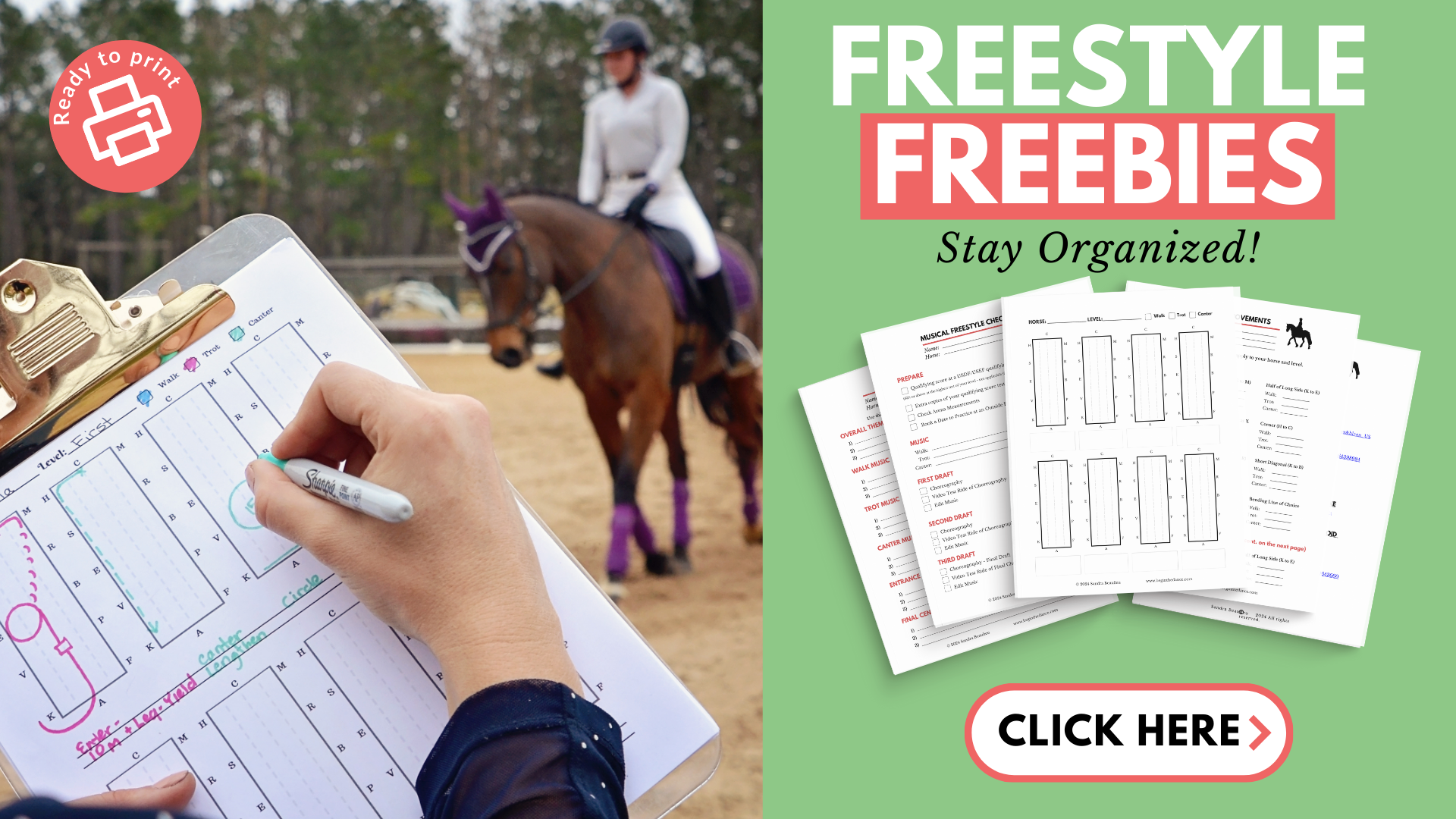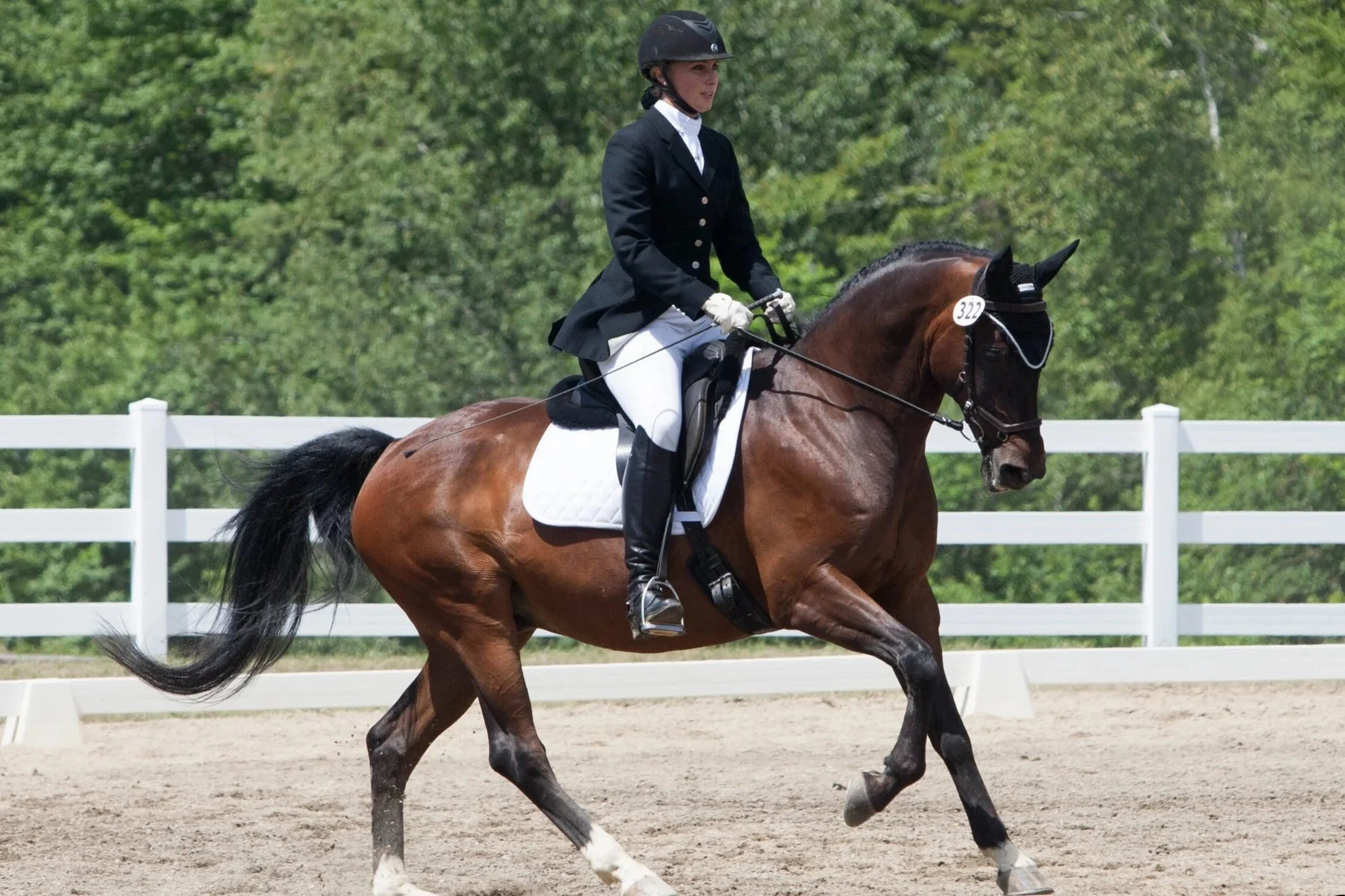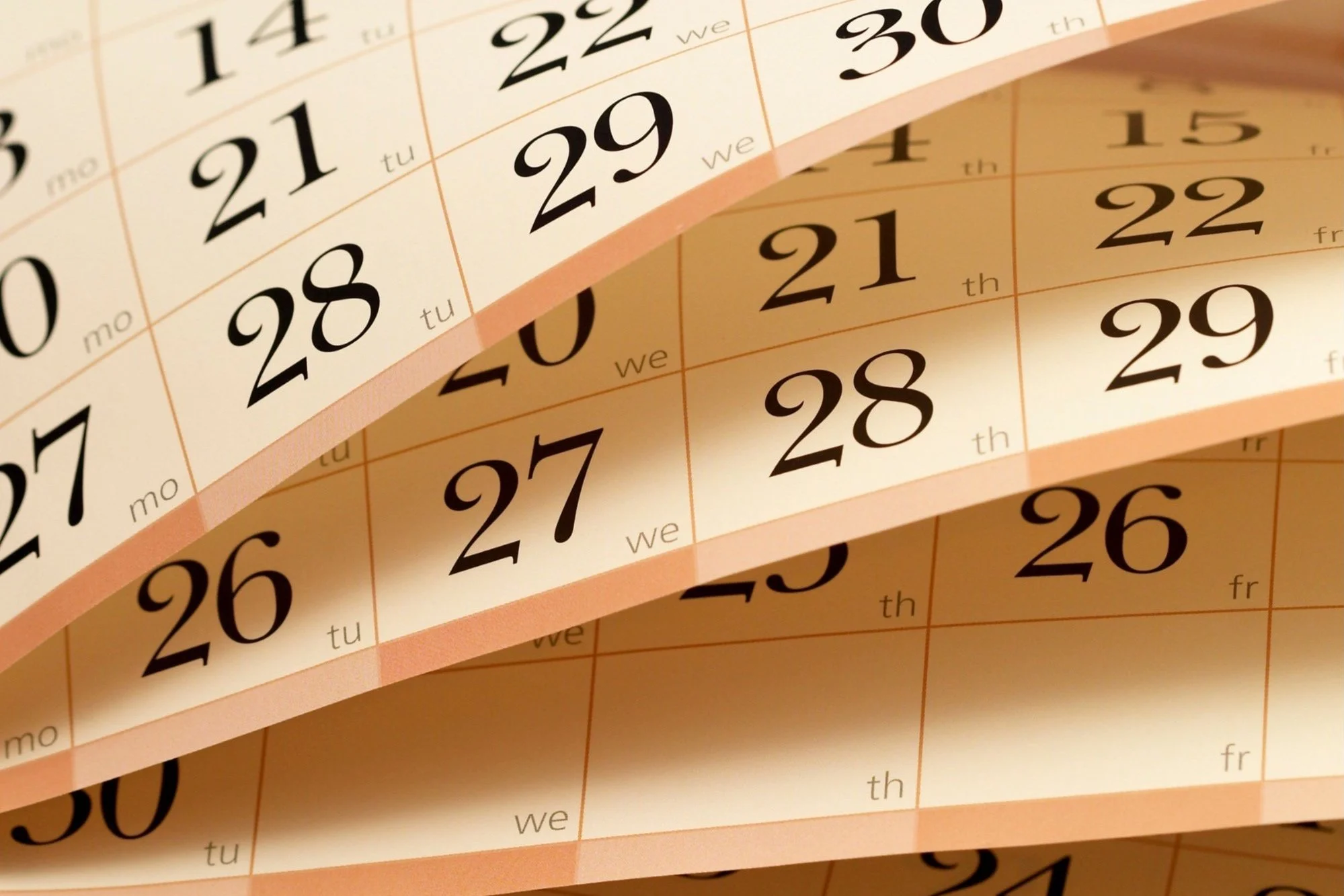How to Determine your Horse's BPMs for your Dressage Musical Freestyle...
Learn how to create a dressage musical freestyle. Click here.
I get asked about BPMs (beats per minute) frequently from riders who need help finding freestyle music. They know that they need to figure out their horse's bpms but aren't quite sure what that means or how to go about it. It is actually quite simple once you give it a try. I have included a few different methods, hopefully one of them will work for you!
Why You Need To Figure Out Your Horse's BPM:
Every piece of music has it's own beats per minute. When you match your horse's bpm to the music's bpm you can feel confident that the music will match. Of course, there is more to it than just matching the bpm (picking a theme, matching personality, and whether your horse enjoys it as well) but is a good place to start.
Items You Will Need
A Timer or Cell Phone (with one of apps listed below)
Leg Wraps - use one easy-to-see color
Video Camera (optional)
A Helper/Assistant
Start by wrapping one of your horse's front legs with a colored polo wrap. You only need this one wrap but the leg will show up better in a video if all the legs are wrapped with just one that is brightly colored.
I suggest that you warm up first so that you can be sure to have the best representation of your horse's working gait.
Every time that front leg touches the ground at the walk or trot, you will count it as one “beat”. At the canter, you count the leading foreleg as one “beat” when it strikes the ground.
Use a Timer
Using a stopwatch or the timer on your cell phone, have your assistant set the timer for one minute. Have them count the number of footfalls (of that one foreleg) while you ride your horse in a consistent working walk, trot or canter. As long as the horse stays steady and your helper is a good counter (haha) you will have your bpm. You may want to take an average after multiple tries.
Use an App
Have your ground person use a metronome app on your phone, adjusting it up or down until the “beep” sound of the metronome matches the footfall of the wrapped leg. A good app to try is Metronome.
OR
Have your ground person use a BPM app, tapping the screen every time your horse's front leg touches the ground. It will give you the average bpm within a few strides, try it a few times to double check consistency. I have been using the BPM by Motokazu Sekine for many years.
Take A Video
Take this opportunity to have your assistant video your horse at a consistent walk, trot and canter. Make sure to include your working gaits and lengthened/extended movements. Stay in each working gait for at least one full minute. You can count the footfalls from the comfort of your own home on your computer. The video will also be helpful for you to test out different pieces of music.
Here are some basic BPM guidelines:
Walk- between 50-65 BPM
Trot- between 75-90 BPM
Canter- between 95-110 BPM
Passage/Piaffe- between 60-65 BPM
*Generally the canter is twice the beats of the walk and the trot lies somewhere in between.
Browse my Freestyle Book Store
Learn how to create a musical freestyle from start to finish with my Freestyle Guide or choose an e-Book with choreography ideas just for your level.
Click here to view all Freestyle Books.








